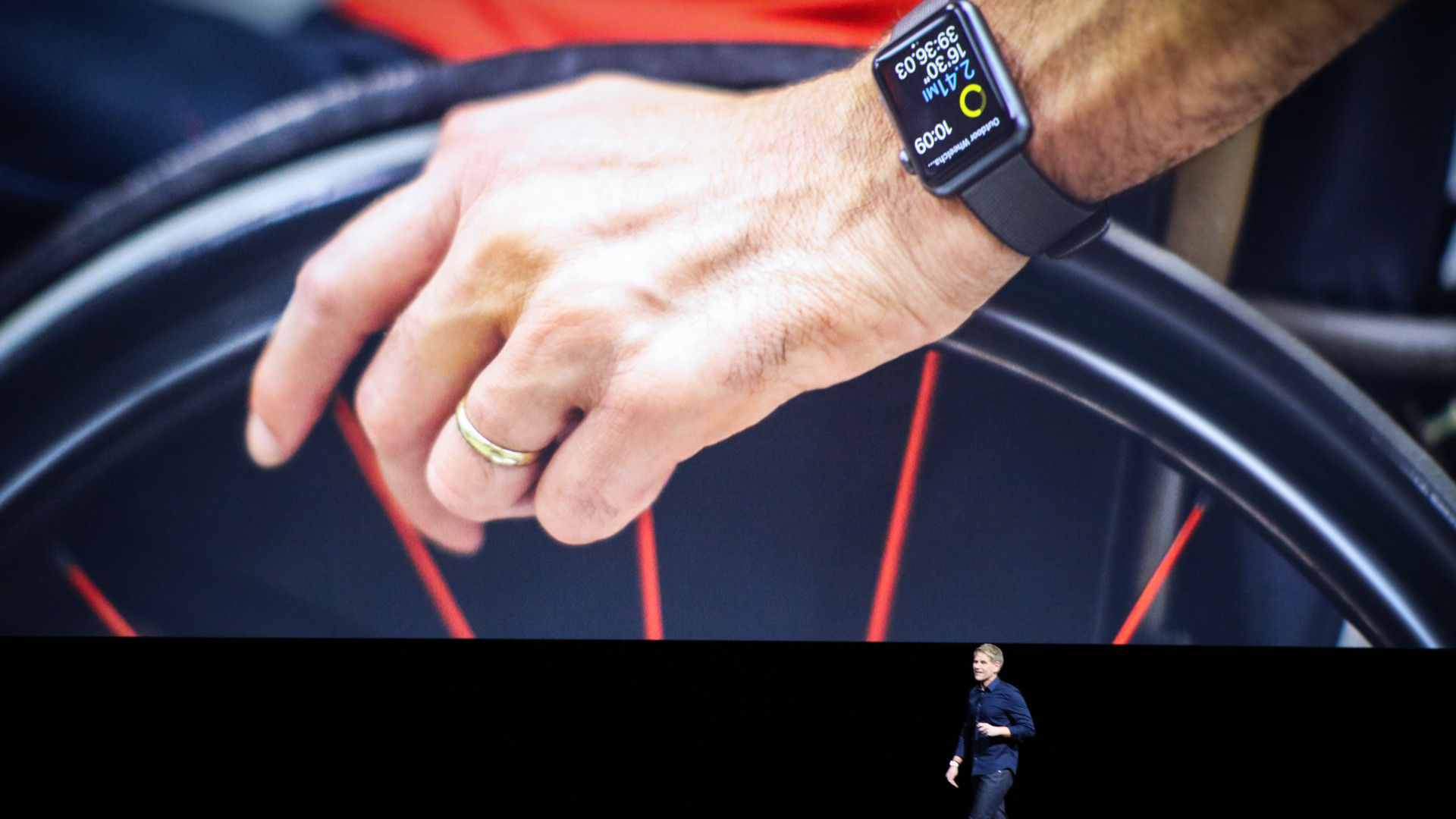

In April 2024, Apple Watch celebrated its 10-year anniversary – an entire decade of innovation in wearable technology that has revolutionised how we track movement, monitor health, and engage with fitness.
To follow it up, this January, the brand released the most extensive content update to Apple Fitness+, with new workouts, trainers and celebrities joining the ever-increasing roster of experts featured on the platform.
Evidently, the tech giant is putting a lot of eggs in one basket to achieve its lofty goal: getting people healthier by whatever means necessary.
Over the years, Apple has seamlessly woven together hardware and software advancements, culminating in a comprehensive ecosystem that serves users from all walks of life.
At the heart of this journey is Jay Blahnik, Apple’s Vice President of Fitness Technologies, who has been instrumental in shaping the fitness experience on Apple Watch and Apple Fitness+.
Reflecting on the last decade, Blahnik shared his insights on how Apple has evolved its approach to fitness, ensuring accessibility, motivation, and holistic well-being remain at the forefront.
The foundation: Fitness at the core of Apple Watch
From the beginning, Apple envisioned the Watch as more than just a timepiece. It was designed as a companion that could help people lead healthier lives. Blahnik recalls, “We always knew that if we could help people live a better day by being more active, the Apple Watch would have a meaningful purpose.” This foundational principle led to the creation of two core fitness apps: the Activity app and the Workout app.
Sign up to the T3 newsletter for smarter living straight to your inbox
Get all the latest news, reviews, deals and buying guides on gorgeous tech, home and active products from the T3 experts
The Activity app introduced the now-iconic rings – Move, Exercise, and Stand – as a simple, gamified way to encourage movement throughout the day. The Workout app provided a dedicated space for tracking exercise, helping users visualise their progress and set personalised goals.
“Measurement is motivation,” Blahnik emphasised. “Seeing what you’re doing and having a record of it can be incredibly powerful.” Over the years, Apple has refined these tools, integrating deeper data tracking, advanced health metrics, and AI-driven insights that cater to a wide range of users.
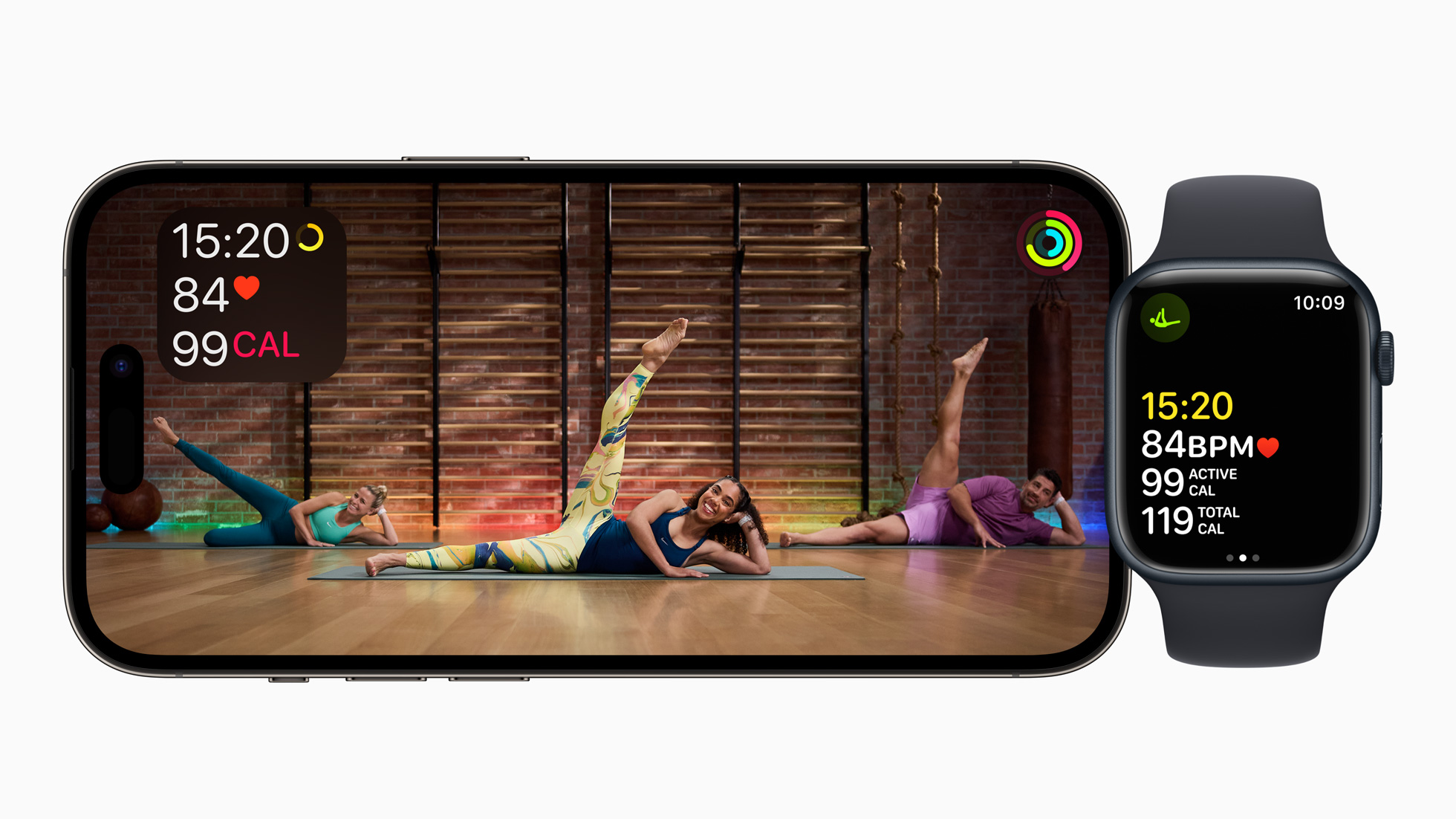
As Apple Watch adoption grew, so did the need for a guided fitness experience. Enter Apple Fitness+, launched in December 2020 – a service designed to be the most inclusive and accessible fitness platform available. Initially requiring an Apple Watch, Fitness+ has since expanded to be usable on iPhones, making its wealth of workouts and meditations even more accessible.
Apple Fitness+ offers 12 different workout types, from yoga and HIIT to strength training and guided meditations. According to Blahnik, “Whether it’s a complement to your existing routine or the core of your workouts, we wanted Fitness+ to be as flexible as possible.”
This flexibility has made the service a hit, with users tailoring their experience based on personal preferences. Apple has continuously expanded Fitness+ content, including tailored programs like Yoga for Every Runner and specialised strength training regimens designed for progressive overload.
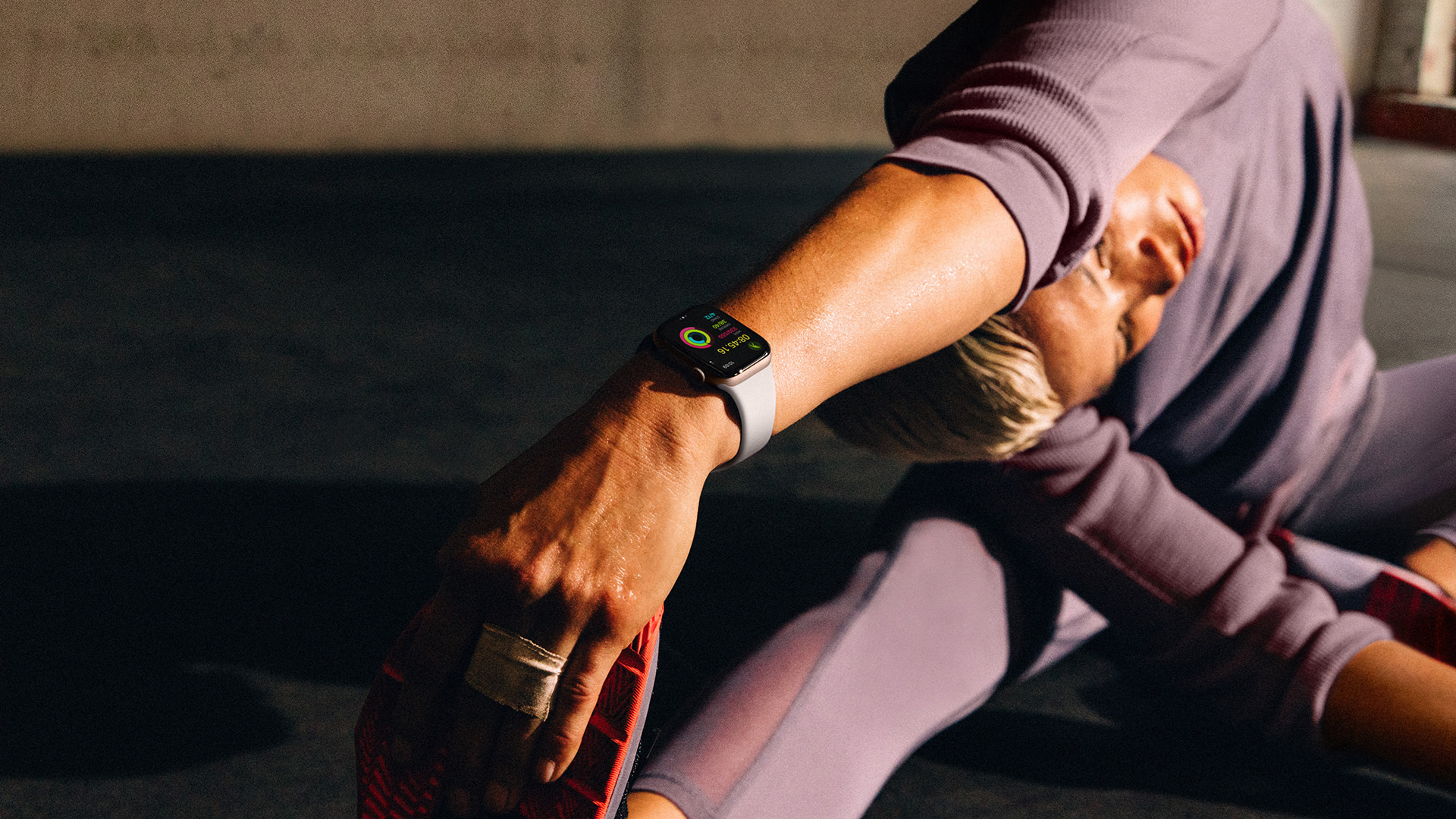
The Evolution of features: Training Load and personalisation
One of the most significant additions in recent years has been Training Load, introduced with the WatchOS 11 update. While initially seen as a performance-oriented feature, Blahnik explains that its appeal extends beyond elite athletes. “We built it in a way that helps both seasoned athletes and everyday users. Even if you’re not training for a marathon, seeing your load over time helps you understand your activity balance.”
Another major enhancement has been customisation within the Activity Rings and Fitness app. Users can now adjust their daily goals, allowing flexibility for life’s natural ebbs and flows. Blahnik points out, “Some days are busier than others – Saturday might be more active than Thursday. We wanted to reflect that reality.” The Fitness app’s personalisation features also let users tailor their dashboard to focus on running stats, milestones, or trends, depending on their goals.
The role of AI in fitness and the future of Apple Watch
With AI-driven technology playing an increasing role in health and fitness, Blahnik sees even greater potential for Apple Watch and Fitness+ in the years to come. “We’re excited about AI and Apple Intelligence’s role in shaping fitness. Small, intelligent nudges – like realistic activity goals or personalised workout recommendations – can have a massive impact on motivation.”
Already, Apple’s AI is influencing features like adaptive goal setting, suggested workouts based on historical data, and even reminders to diversify training routines. The ability to fine-tune personal recommendations will continue to enhance the user experience, ensuring workouts feel both intuitive and rewarding.
One of Apple’s greatest successes has been making fitness accessible. The Apple Watch is not just for elite athletes but for everyday individuals looking to make meaningful changes to their health.
Blahnik reflects on stories from users who have gone from struggling to close their rings to completing marathons. “For some, it was realising how sedentary they were. For others, it was finding motivation in seeing their progress. We love hearing how Apple Watch has been a catalyst for change.”
Beyond workouts, the Apple Watch has also become a health guardian, with features like fall detection, emergency SOS, and ECG monitoring. This dual role – as both a fitness coach and a health monitor – has solidified its place as the world’s most popular smartwatch.

Looking ahead: The next decade of Apple Fitness
As Apple celebrates a decade of the Apple Fitness, it’s clear that the journey is far from over. With continuous innovation in software and hardware, Apple Watch and Fitness+ will likely continue evolving to meet the changing needs of users.
From closing rings to closing the gap between fitness and technology, Apple has redefined what it means to stay active. With AI advancements, deeper customisation, and a steadfast commitment to inclusivity, the next decade of Apple Fitness promises to be even more transformative than the last.
What exactly does the future hold, it's always hard to tell with Apple. The company likes to hold its cards close to its chest, leaving us guessing what its next move will be.
And while the past is never an indication of the future, I'd be happy to put a bet on Apple doing anything it can to keep us moving and healthy.
Blahnik sums it up best: “It’s been an amazing 10 years, but we feel like we’re just getting started.” Amen!

Matt Kollat is a journalist and content creator who works for T3.com and its magazine counterpart as an Active Editor. His areas of expertise include wearables, drones, fitness equipment, nutrition and outdoor gear. He joined T3 in 2019. His byline appears in several publications, including Techradar and Fit&Well, and more. Matt also collaborated with other content creators (e.g. Garage Gym Reviews) and judged many awards, such as the European Specialist Sports Nutrition Alliance's ESSNawards. When he isn't working out, running or cycling, you'll find him roaming the countryside and trying out new podcasting and content creation equipment.
-
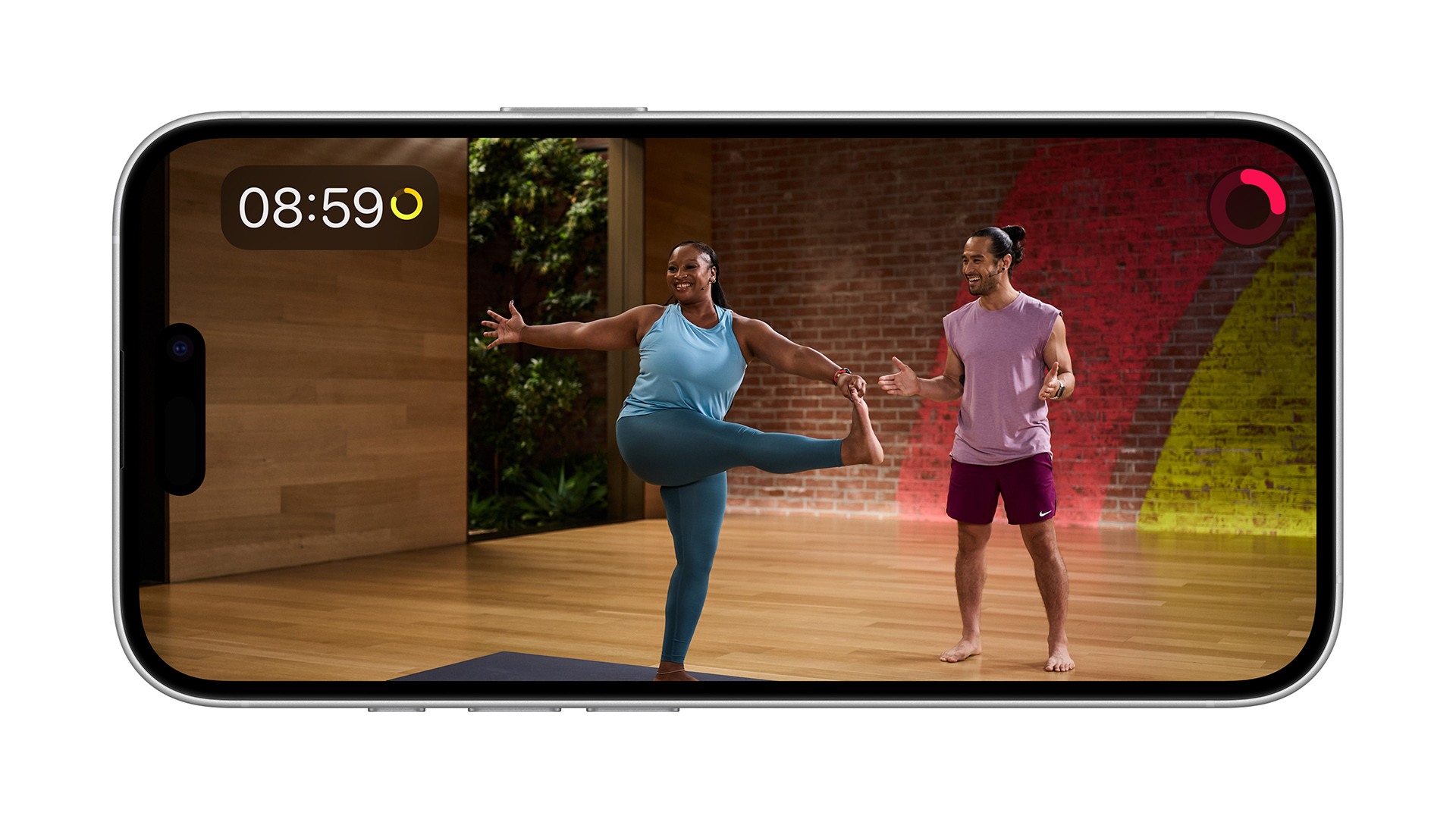 Apple Fitness+ just became a whole lot more appealing with its biggest update since launch
Apple Fitness+ just became a whole lot more appealing with its biggest update since launchApple is taking the ‘New Year, new you’ mantra to the next level with its latest Fitness+ upgrades
By Matt Kollat
-
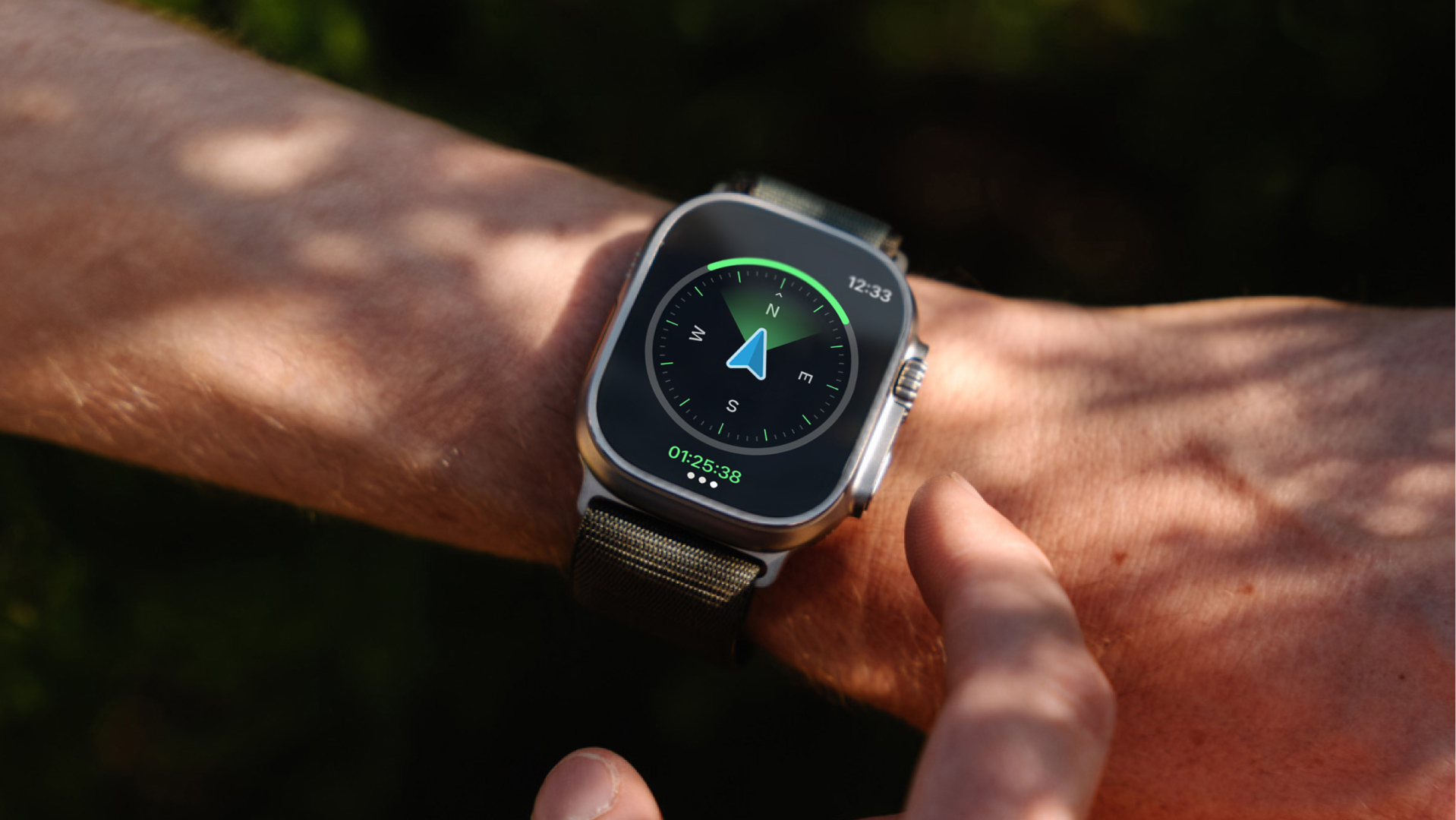 AllTrails' Apple Watch update just made hiking hands-free – here's how
AllTrails' Apple Watch update just made hiking hands-free – here's howStay on track and keep your phone in your pocket with AllTrails’ Apple Watch enhancements
By Matt Kollat
-
 New Apple patent suggests smart rings and smart glasses are coming
New Apple patent suggests smart rings and smart glasses are comingCould an Apple smart ring be more than just a health monitor?
By Carrie Marshall
-
 Shimano-powered Orbea Diem e-bike has a hidden Apple AirTag compartment
Shimano-powered Orbea Diem e-bike has a hidden Apple AirTag compartmentThe Basque bike manufacturer's latest launch is a stylish and smart commuting machine
By Matt Kollat
-
 Peloton ditches some Apple Watch features, but you probably won't notice
Peloton ditches some Apple Watch features, but you probably won't noticeApple Watch pairing undergoes changes
By Max Freeman-Mills
-
 I took the Apple Watch Ultra to run the world's oldest ultramarathon
I took the Apple Watch Ultra to run the world's oldest ultramarathonApple Watch Ultra vs Comrades Ultramarathon – the results are in
By Kieran Alger
-
 Apple Fitness+ users just got a cool free upgrade Madonna fans will love
Apple Fitness+ users just got a cool free upgrade Madonna fans will loveThe latest artist spotlight series will see Apple Fitness+ trainers dressed up in some of Madonna's most iconic outfits
By Matt Kollat
-
 The Oura Ring 4 could be getting smarter with new upgrades… but I’m not sold
The Oura Ring 4 could be getting smarter with new upgrades… but I’m not soldThe next Oura Ring could offer smartphone features after new acquisition
By Bethan Girdler-Maslen

